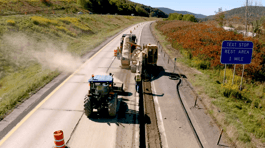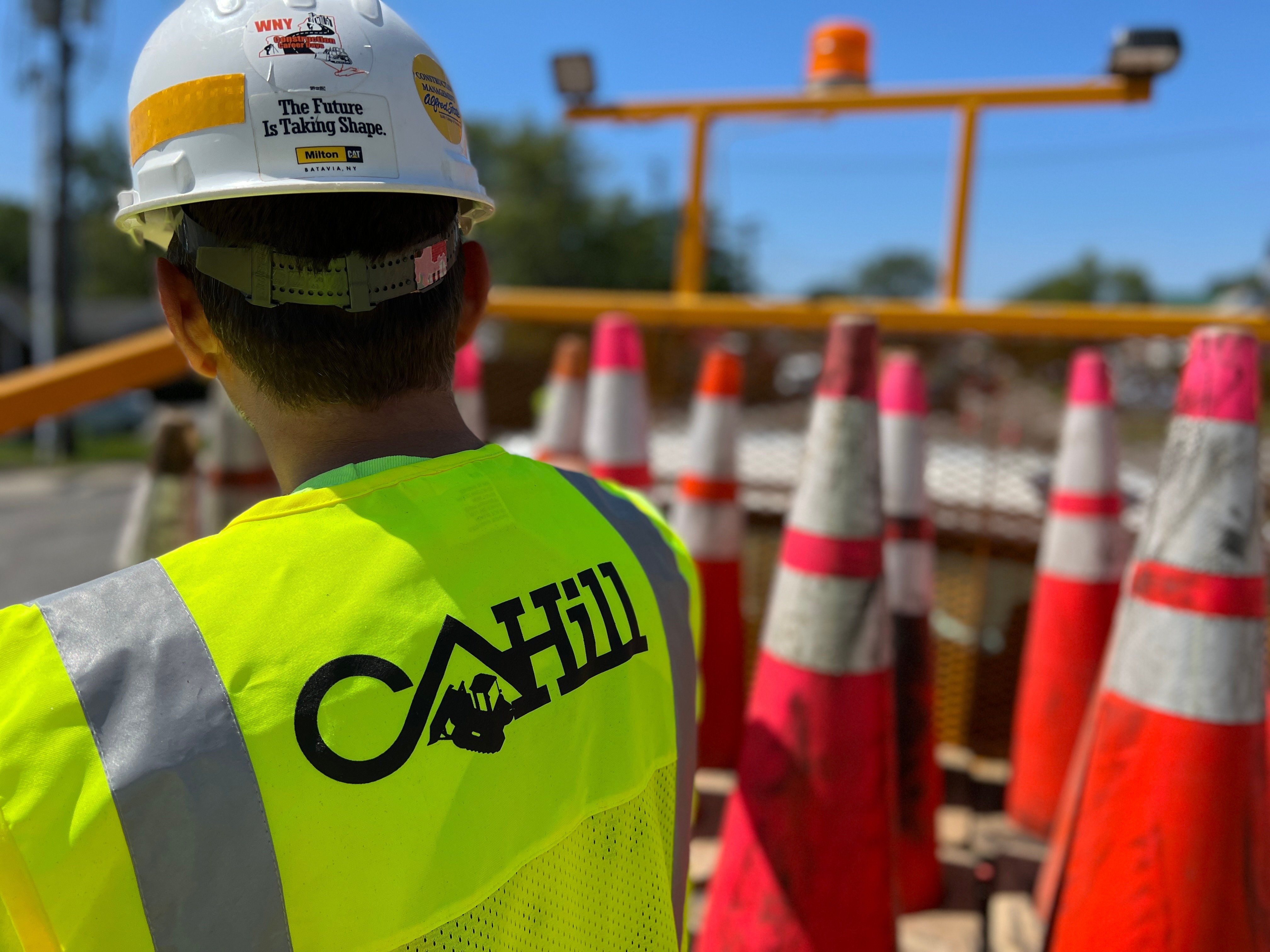
OSHA construction safety reports reveal thirteen construction workers a day die in the U.S. at work. 2.7 out of 100 construction workers face an accident or illness. Why are death and accident rates so high in construction, when it has lessened in virtually every other industry. What does this say about technology adoption in construction? Why is the industry, the people running businesses, and the people working for businesses, okay with such high death and accident rates? Are the high accident rates part of the reason young construction workers don’t want to work?
Explore these questions with us in the article below.
Construction industry deaths and accidents are partly due to outdated construction safety tools. It all falls back on the construction company’s yearly strategy, and how they move towards that strategy each quarter. According to a Bridgit study, approximately 70% of construction companies still use paper-based processes. More research posits at least 32% of employees in the construction industry, and over 28% of managers are resisting the change to technology-based processes. How does the usage of paper-processes relate to deaths/accidents? Stay with me here...
We’ve put together this guide to show you what digital construction safety tools to consider and how to adopt them in your business.
1. How to Strategize for Digital Tool Adoption
As a leader, it is your job to strategically announce new ideas to teams. You have to get them excited, bought in, and help them understand the clear steps to succeed.
Statistics show 32% of your employees are likely to resist a transition from paper-based processing to tech-based processing. Yes, I'm back to the paper issue again. Why do your employees want to continue old processes that are environmentally wasteful, expensive, and frustrating for them to complete? If you could count the number of times your employees have complained about manually sorting through a file folder of reports or forms that need to be submitted to insurance or OSHA.
Why is it difficult to introduce new processes into our lives, no matter how good it might be for us (or our company’s bottom line in this case). Have you started that closet reorg yet? How about that grand plan to hit the gym and plan for your weekday meals? If we took the time each week to strategize around behavior change, it would be easier to follow through on Monday morning. The same can be said of changing work behaviors that are necessary for your bottom line.
As a construction safety director, superintendent, or construction project manager, how do you strategize to increase your influence over your workforce? You need to create a clear plan, that’s easy to follow, associated with dates and deliverables, that leads to LESS pain or work for your workforce. Lead with benefits. Create a plan that shows your contractors how they will win- how they will get time back, more energy, less frustration, and how they can work on projects that fulfill them more. This will show that you are invested in your workforce, helping them to feel valued as you focus on improving their professional development. Be vocal and tell your team that you care about their professional and personal growth. Creating plans that are “workforce first” creates buy-in that’s important to test the effectiveness of the digital tool you are about to roll out to your crew. If you do not have workforce buy-in, the digital construction tool will immediately fail.
Creating a strategic plan involves planning, implementation, monitoring, and evaluation- communication between leadership and frontline field workers is important. According to Havard Business Review, poor action planning accounts for 4.5% of lost strategy potential. You want to avoid this pitfall when introducing new digital construction safety tools to your team.
To start, host one 45-minute with your team to introduce them to the new digital construction tool. Gauge their buy-in and ask for their opinions. Have them test out the tool and let them know how important they are to company growth and function. Schedule a follow-up meeting 1-week later with your team, after testing the construction tool. Get their feedback and ask how their day-to-day workflow would change. Be socratic in your approach. Ask how their month-to-month workflow would change, and then their year-to-year. Ask them how the company’s bottom line would be affected. Ensure each member of your team feels heard by asking for opinions in a circle, giving each individual on your construction team equal amounts of time to speak. To help your team feel more prepared for this strategic conversation, make sure you include the questions you are going to ask in these meetings into the calendar agenda. List the 3-5 questions that you will ask your team members in the calendar invite description. It takes 2-3 minutes, but will create a more energized and effective meeting as your teammates will come to the meeting with their best ideas.
Even the best digital construction safety tool without a solid implementation strategy will fail, especially if your team resists the digital construction software. After your second team meeting, take 45-minutes to visualize the entire adoption process from initial planning to implementation. This is the most important step before introducing a new tool to your entire workforce. Draw this out on a white board or write down the steps in a Google Doc that is shared with your Safety Director or Superintendent. It is helpful to include your safety, HR, and operations team when you are outlining the roll-out. Strategizing your digital tool adoption plan will help your company get the most value for your money, boost team productivity, and improve on-site safety. In total, you should have 2-3 cohesive team meetings and 1-2 personal meetings to draw-out what the construction tool, construction software, or construction training adoption would look like for your company. The digital tool might not work if you do not have an aligned team strategy for adoption.
Training your construction workers goes a long way when implementing new digital safety tools. Training is crucial, whether introducing new software or other digital construction safety tools like drones, demolition robots, or simulation.
You should enroll your teams in construction safety or digital construction training programs. aQuiRe, is a learning platform for construction professionals which enables plug-and-play training solutions. We have hundreds of resources you can use to upskill and train your workers to perform better.
2. Consider Aging Construction Workers or Construction Contractors
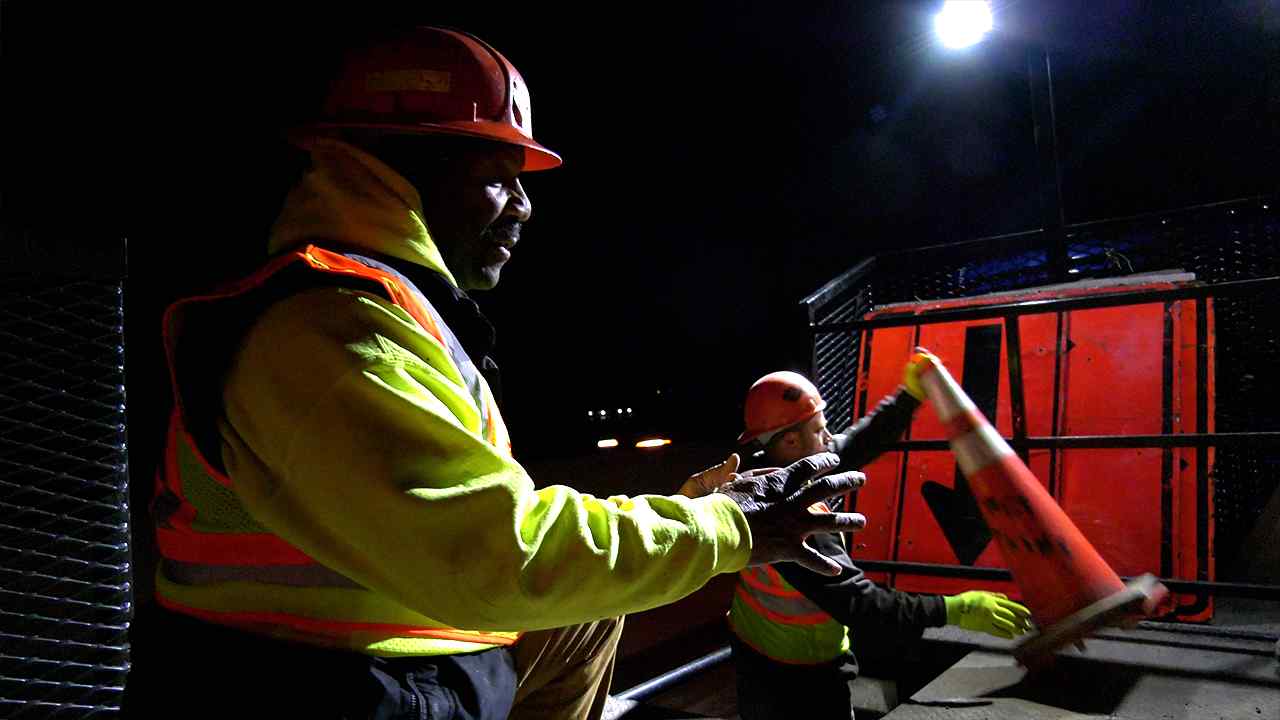
The construction industry is one of the oldest labor forces. According to the US Department of Labor, the median age of construction workers is 42.3. At least 1,823 workers are aged 55-64, while 642 are aged 64 or more. Moreover, today’s average construction worker never grew up with construction software and modern technologies like the younger construction workers, who are millennials or gen-Z. Switching to digital construction safety tools may be met with resistance from older construction workers.
Building digital products for the aging construction workforce and young construction workers is challenging and something that safety directors, CEOs, and leadership consider before shifting to digital tools. Have your best legacy employee test the construction software and/or tool with your hottest new contractors. If both are excited by the tool, it's worth testing with a larger segment of your workforce. When choosing a digital construction tool or construction software to work with, choose companies that are sensitive to technology adoption. Working with companies that are sensitive to team culture is important for adoption and success. You will know when a company is encouraging your culture when they speak about enhancing your workforce culture. The adoption of new technology should lead to saved contractor time, fewer mistakes… and the ability to get home to their families at the end of the day a little faster. Leadership should feel greater peace of mind by working with new technology, as there is greater assurance that the job will get done right. When speaking to your team about construction technology, make sure to lead with these real life examples and stories from the trenches. We know you have a bunch of them.
3. How to Consult Your Workforce With Construction Technology Adoption
Studies reveal top-down management doesn’t work. What is top-down management and why should it be replaced?
What exactly is top-down management in the construction world?
Top-down management is not good because it stifles workforce participation. This type of leadership or construction management style is the opposite of what young construction workers are looking for, which is a nurturing environment where they can hone professional decision-making skills. Top-down management is the last path you should take when introducing new digital construction safety tools to your team. Your workforce will underperform or abandon the construction tool if you don’t consult them in decision-making. Worse, they will think the technology is “watching them,” “against them,” or “working to get them fired.”
We recommend choosing team training champions when testing the construction tool with your workforce. A training champion is an all-star employee, someone that will effortlessly lead technology adoption. They will tell you the truth about the usefulness of a new construction tool or construction software. They will also tell you what the field workers are saying. It’s a win-win approach.
Training champions can be trained on behalf of your entire workforce and will gauge the effectiveness of the construction tool. When considering adoption across your entire workforce, your training champion can use their knowledge and “leadership approval” to onboard and motivate the rest of their team.
aQuiRe™ understands you need support when educating, training, and supporting your workforce in adopting new tools and habits. We have a dedicated customer service team for each partner we work with. We help each member of your workforce to take advantage of the education, quizzes, forms, surveys, templates, and resources on our platform.
You should not have to stress over training your teams on a new construction tool yourself. Our customer support specialists provide step-by-step instructions to each of your team members so they can feel empowered, specialized, and skilled.
4. How to Get Buy-In From My Workforce When Adopting Construction Tools or Construction Software
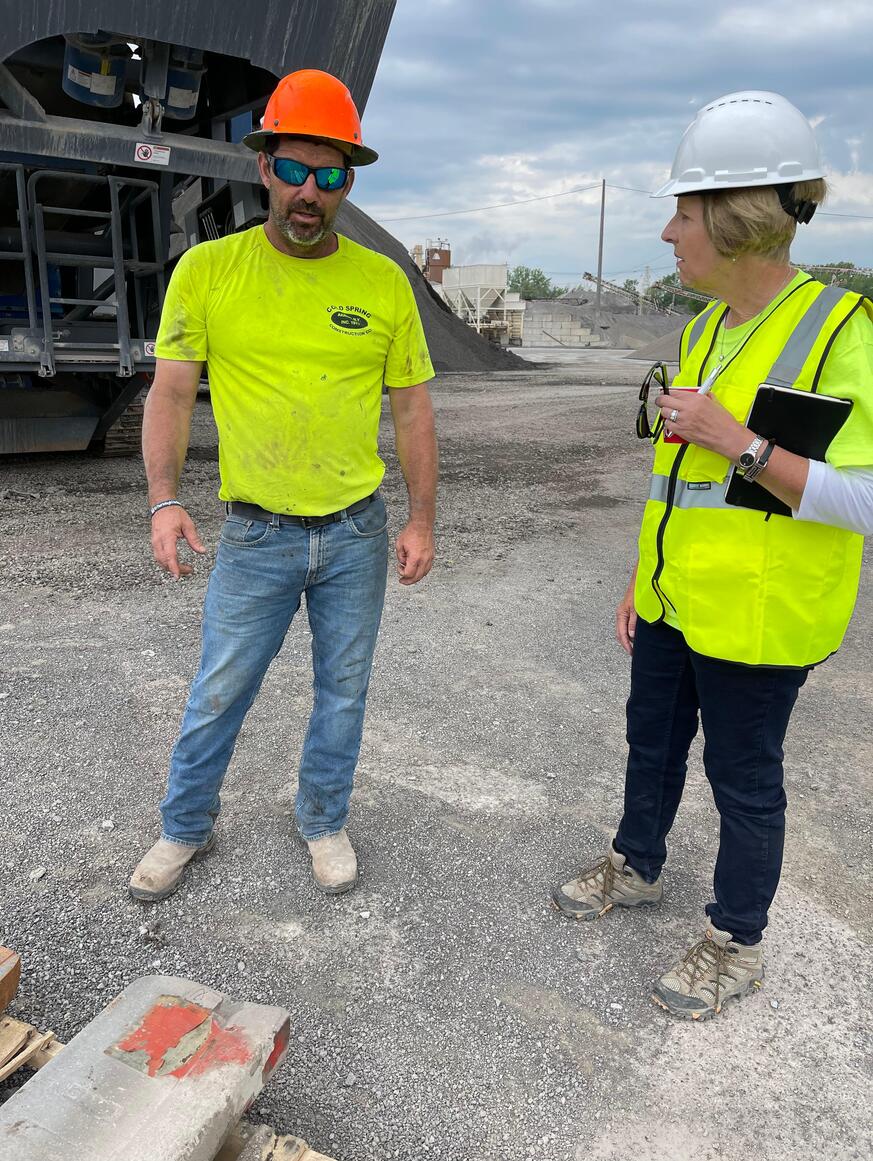
Your team will be inclined to accept new technologies or processes when they can see the benefits.
When meeting with your workforce, elaborate on the benefits of adopting digital construction safety tools in your field workers day-to-day schedule. Pull up their job responsibilities or last week's hourly log. Walk them through how the app will be used daily, weekly, and monthly to save them time. After talking about your vision of the construction tool, have your contractor explain how they might want to use the tool. Throw the script back on them and see if you have buy-in.
After speaking about the practicality of the digital construction tool, transition to company vision and growth. Show your field worker how the platform will help grow the company. Pull up your P&L. Walk them through the numbers to show them reduction of bottom-line spend. Speak about the company mission and vision when speaking about the company’s health. Explain how hiring will be affected by the adoption of this construction tool. Remind your workforce of the mission of the company and how it aligns with personal values for the contractor. Most importantly, discuss how technology creates a safer and more sustainable environment, an environment that will ensure they get home to their family at night.
Finish the conversation by speaking about professional and personal development for your contractor. Show your contractor how they can track workers' certificates, quizzes, videos completed, more. This resume builder means your contractor won’t have to submit their documents manually anymore. Undoubtedly, leading with benefits is the best way to minimize resistance when introducing new digital construction tools.
5. How to Choose which Construction Tools to Adopt
There are many new digital tools for the construction industry to consider when considering growing their company.
It’s hard to choose the appropriate digital construction safety tools for your business. Construction tools should boost your team's productivity. Look for client success stories that show this. Ask for 2-3 references.
Other considerations include measuring the following:
- Convenience to save time and effort
- Ability to measure improvements, e.g., turnaround times for project completions
- Improved team safety, e.g., real-time incident reporting
- Ease of use and adoption
- Immediate value created
- Cost savings
Before adopting new digital tools or technology, analyze your internal operations and conduct a needs assessment of your available tools. Ask yourself, “What is the risk of doing nothing?”
6. Types of Digital Construction Tools
Workers Certification Tracker
Keeping your workers’ certifications current is vital for their safety, your project's success, and the company's reputation. Adopting construction ERP software with a tracking system is an excellent way to manage and track your staff’s labor certifications. This way, you stay updated and know who is certified, capable, and at the top of their game.
Learning Management Systems
The best construction ERP software should have a learning management system, which you can use to onboard new construction workers. An LMS is a digital learning platform for workers where team members can access relevant training for their professional development. This way, they’re fully equipped to have a positive impact on your company’s growth and bottom line. Different types of LMS include; Installed, Web-based, Open-source, Mobile, and Course-creating LMS.
Choosing the right electronic LMS can be daunting when it doesn't have to be. Here is how to gauge if one is good or not. It should:
- reduce the cost of learning and professional development.
- cut down the time for training teams.
- maintain compliance with relevant authorities like OSHA.
- have a learner’s progress tracker.
- measure how learning influences the company’s growth.
The system should also provide valuable, company-specific, and easy-to-use training information. LMS training should be well-rounded and cover environmental, health, and safety to comply with OSHA standards.
A construction ERP software linked to a robust learning management system is convenient for everyone and facilitates smooth learning. Your workers won’t need to attend construction safety training elsewhere when they can easily access it via your ERP software.
AI analytics
Leveraging artificial intelligence through machine learning goes a long way in the construction industry. Construction companies that use cloud computing for data analytics can make realistic predictions and proposals for construction projects. For example, Artificial Neural Networks come in handy when predicting the correct project costs. You’ll find it a valuable tool if you want to avoid cost overruns.
Also, artificial intelligence boosts productivity and is a game changer for older persons in the construction industry. It’s great for handling repetitive tasks like bricklaying and pouring concrete. Senior construction workers should learn how to operate self-driving construction machinery for these repetitive tasks. When integrated with your ERP construction software, you’ll get the most from AI analytics.
Simulation
Construction workers can use simulation technology like virtual reality (VR) and augmented reality (AR) to simulate and visualize building plans in the real world. This way, they can see what should be done and any parts that need adjustment without having to be in the actual building.
Drones
Drones go a long way in improving construction workers' safety on site and boosting their productivity. You can use drones to inspect roofs and windows, which can be risky, especially when dealing with tall buildings. You can also use drones for side-by-side view site documentation. This is an excellent way to keep track of your construction project’s progress.
Robotics
You can use robotics technology like demolition robots, SAM the Masonry robot, and Heavy-Lifting robots to perform various construction projects. For example, demolition robots come in handy when dealing with dangerous conditions on a job site, like after a storm or weather emergency.
On the other hand, SAM, the Masonry robot, is a handy tool for performing repetitive tasks like bricklaying. Your workers can focus on other tasks like monitoring the robot and enhancing operations. This lowers potential construction site risks.
7. Get started with workplace digital construction safety tools
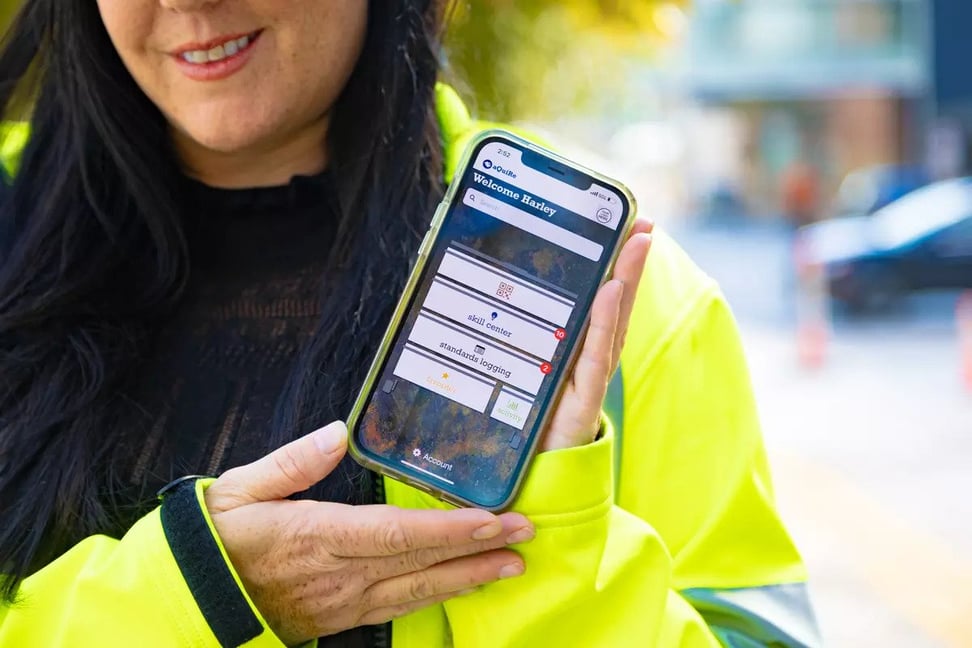
Switching to digital construction safety tools for the first time can be overwhelming. From choosing the right digital construction safety tools to familiarizing your workers with these construction tools, there’s a lot to consider. The good news is that this is where we come in handy. Our aQuiRe platform is a one-stop shop for construction education and safety operations. Once you decide to implement our education and safety platform, we dedicate members of our client success and support team to your team's set-up success.
Adopting digital construction safety tools reduces construction safety risks. Switching to digital safety tools has many benefits, such as improved on-site safety, reduced costs, increased productivity, enhanced risks and hazards identification, and timely emergency response.
You should take this path to promote your construction worker’s safety- and further help ensure they will get home to their families every night. Not only will you have greater peace of mind as a business owner or construction safety director, but you will also positively influence your bottom line.
aQuiRe™ holds training and skill videos, inspection surveys, and equipment checklists. We make it easy to transfer knowledge, upskill, and cross-train your construction workers. Reduce jobsite risks and keep your construction business safe and compliant. Use our content for free today!


